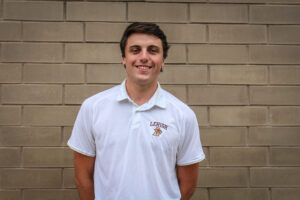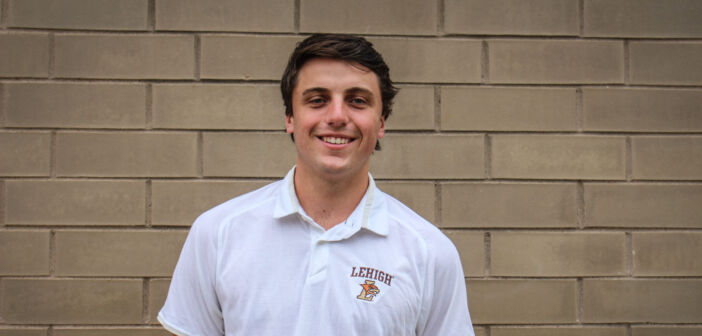 Here’s something weird to think about: the NBA Finals of two seasons ago was being played at this time, one year ago.
Here’s something weird to think about: the NBA Finals of two seasons ago was being played at this time, one year ago.
In a normal season, the preseason would begin in late September, the regular season would begin in October and the NBA Finals would finish in early June.
However, because of the COVID-19 pandemic, the 2019-20 season went on pause in March and the Finals didn’t finish until October, 377 days after the first preseason games.
It was, by far, the longest season in the league’s history.
The Miami Heat and The Los Angeles Lakers squared off in the finals in the NBA ‘bubble’— the $190 million dollar COVID-19 safe-zone the league established at Walt Disney World in Orlando, Florida.
Though there were attempts to make this experience copacetic—including barbershops, players lounges, DJ sets, pools and more—the whole thing was very strange.
Taking players away from their families, homes, personal trainers, chefs and social lives for three months was a tricky proposition.
Fast forward only 72 days and the 2020-21 season had begun after the shortest offseason in league history.
The Heat and the Lakers were both first round exits during the 2020-21 playoffs. Fans blame their teams’ injuries on the short offseason; detractors and Twitter naysayers say that both teams were ‘bubble flukes.’
It’s hard to say who’s right. It is probably some synthesis of the two, in addition to some other factors.
The Lakers and the Heat each played teams that would end up in the Finals (the Phoenix Suns and the Milwaukee Bucks, respectively).
The Lakers were hampered by injuries to their two best players, Lebron James and Anthony Davis.
On the other hand, the Heat just seemed like they ran out of gas. The magic the team captured in 2020 when they toppled Milwaukee’s reigning MVP, Giannis Antetokounmpo, just wasn’t there.
Jimmy Butler scored a meager 15 points per game on sub-thirty percent shooting. Bam Adebayo was stifled by the Milwaukee front court and Tyler Herro seemed to be a shell of his bubble self.
These two former finals foes departing early wasn’t the only inconsistency between this past season and the NBA bubble.
In the bubble, teams averaged 1.22 more points per 100 possessions than they did before the restart.
Players like T.J. Warren, Donovan Mitchell and Tyler Herro posted remarkable offensive stretches, which seemed incongruous with the rest of their career outputs.
Warren, who has averaged 15.5 points per-game in his career, averaged 26.6 points in the bubble.
Mitchell dropped 50 points twice in the same enthralling seven game series against The Nuggets.
Herro averaged 16 points on 43 percent shooting in the playoffs, including a 37 point outpouring in a pivotal game four of the Eastern Conference Finals.
In the 2021 playoffs, Herro averaged only 9.6 points on 31 percent shooting during the Heat’s collapse at the hands of Milwaukee.
Maybe it was the silent arenas—there were no fans throughout the duration of the mini-season until the playoffs when players were allowed to bring a few family members into the bubble.
Depth perception was also a factor. Games were played at ESPN’s Wide World of Sports, in which the facilities resembled high school gyms, as opposed to the cavernous backdrops of NBA arenas.
These smaller gyms, sans the deafening noises created by hostile crowds, were shooter’s paradises.
The lack of travel also was a factor. Part of the grind of a full 82 game NBA season is the constant travel from city to city, removed from the comforts of home and family.
Playing on the same court nightly (meaning players didn’t have to adjust to any unique features in the 30 gyms they play in every season) removed some of the inconsistency from the NBA season experience.
While players may have been unnerved by being removed from their lives, this was a uniform experience, devoid of a lot of the turbulence typically associated with a normal season.
Add that sense of regularity to a profession like sports, and you’re bound to see some improvement in performance.
Whatever the reasons, the bubble was a unique moment in sports history, one that hopefully never will be repeated.






Comment policy
Comments posted to The Brown and White website are reviewed by a moderator before being approved. Incendiary speech or harassing language, including comments targeted at individuals, may be deemed unacceptable and not published. Spam and other soliciting will also be declined.
The Brown and White also reserves the right to not publish entirely anonymous comments.